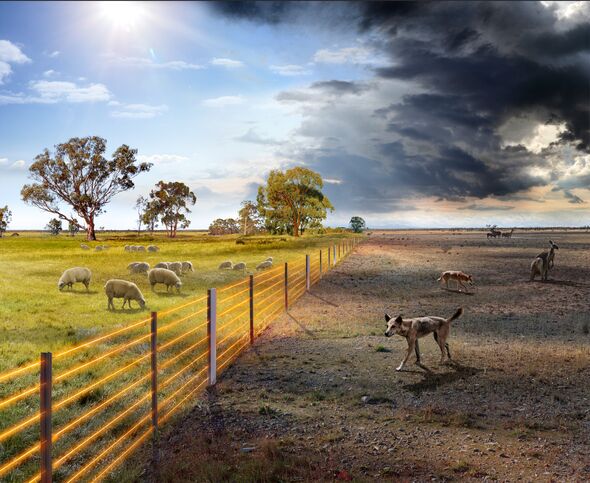A Wild Dog by Any Other Name Still Kills Sheep
Graeme Mulligan, Business Development Manager – Gallagher Fencing
Tuesday, 03 June, 2025

Across Australia, farmers live with a threat that doesn’t clock off at dusk or respect property boundaries. Whether we call them dingoes or wild dogs, one fact remains: they are tearing through flocks and livelihoods from Broome to Brisbane and beyond.
The recent concerns voiced by farmers at Shannons Flat in NSW, as reported in The Land, reflect a broader anxiety sweeping rural communities. These producers aren't anti-wildlife. They’re not looking to eradicate a species for convenience. But the idea that wild dogs — responsible for savage livestock losses — could be reclassified for greater protection is understandably triggering alarm bells.
At Gallagher, we work shoulder-to-shoulder with farmers, and we hear their stories every day: ewes mauled mid-lambing, mobs scattered and never fully recovering, producers rising every morning with a knot in their stomachs, hoping their animals (and bottom line) are safe. In the Southern Tablelands, some graziers have stopped running sheep entirely, unable to sustain the mental and financial toll of predation.
The numbers back them up. It’s estimated wild dogs cost Australian agriculture more than $89 million annually — a figure that doesn't include the psychological strain or lost productivity caused by chronic stress. And it’s not just isolated to the bush. In peri-urban zones, we’re seeing wild dog incursions too close to homes, roads, and infrastructure.
This is not just an environmental debate. It’s a question of how much we value rural resilience and the people who feed this country. If land management rules become more restrictive, producers will be left even more exposed — forced to shoulder the burden of inaction from urban policymakers who have little understanding of the impact wild dogs have on livestock and landowners.
While the threat of predation is an ongoing battle, there are solutions. Strategic fencing programs have shown clear, measurable benefits. These initiatives need to be expanded, not hamstrung.
An independent study has found that farmers who installed exclusion fencing experienced dramatic on-farm improvements: lamb survival rates increased significantly, pasture regenerated, labour demands fell, and profitability surged—with returns of up to $4.40 for every dollar invested. The total economic benefit, including higher weaning rates, improved wool quality, and reduced predator losses, was estimated at $29 per Dry Sheep Equivalent (DSE), highlighting the strong financial gains from strategic fencing. Additionally, available pasture biomass improved by 20% over the study period, reinforcing exclusion fencing as a powerful tool for boosting both productivity and sustainability.
Gallagher has played a key role in supporting exclusion fencing efforts with innovative fencing systems designed specifically for high-pressure environments. The company has been offering electric fence energiser technology for over 87 years, and suspension fence solutions for over fifty years. The combination of adding power to any fence but particularly a suspension fence are the two essential ingredients for protecting domestic livestock and changing the behaviour of invasive animals cost effectively.
A mains or solar powered energiser in a permanent suspension fence offers a cost-effective, durable, and low-maintenance solution ideally suited for large-scale properties. Importantly, it is designed to flex on impact — reducing breakages from animal or weather pressure — while still maintaining its integrity as a physical and psychological barrier to wild dogs. When paired with effective electric energisers and remote monitoring tools, the Gallagher Suspension fence system becomes a critical part of a layered defence strategy that keeps livestock safe, reduces losses, and gives farmers peace of mind. It’s an investment in both productivity and mental wellbeing.
Gallagher has always stood behind rural producers, offering the solutions that help them stay one step ahead. If we fail to back farmers with the legislative and practical frameworks to manage wild dogs, we risk not just sheep losses — we risk losing producers altogether.
The truth is, this debate isn’t about conservation vs control. It’s about balance. Let’s ensure we’re making decisions that reflect the realities of the land — and the people who live on it.
Graeme Mulligan is the Business Development Manager for Gallagher Fencing in Australia, supporting producers with innovative animal management solutions.
